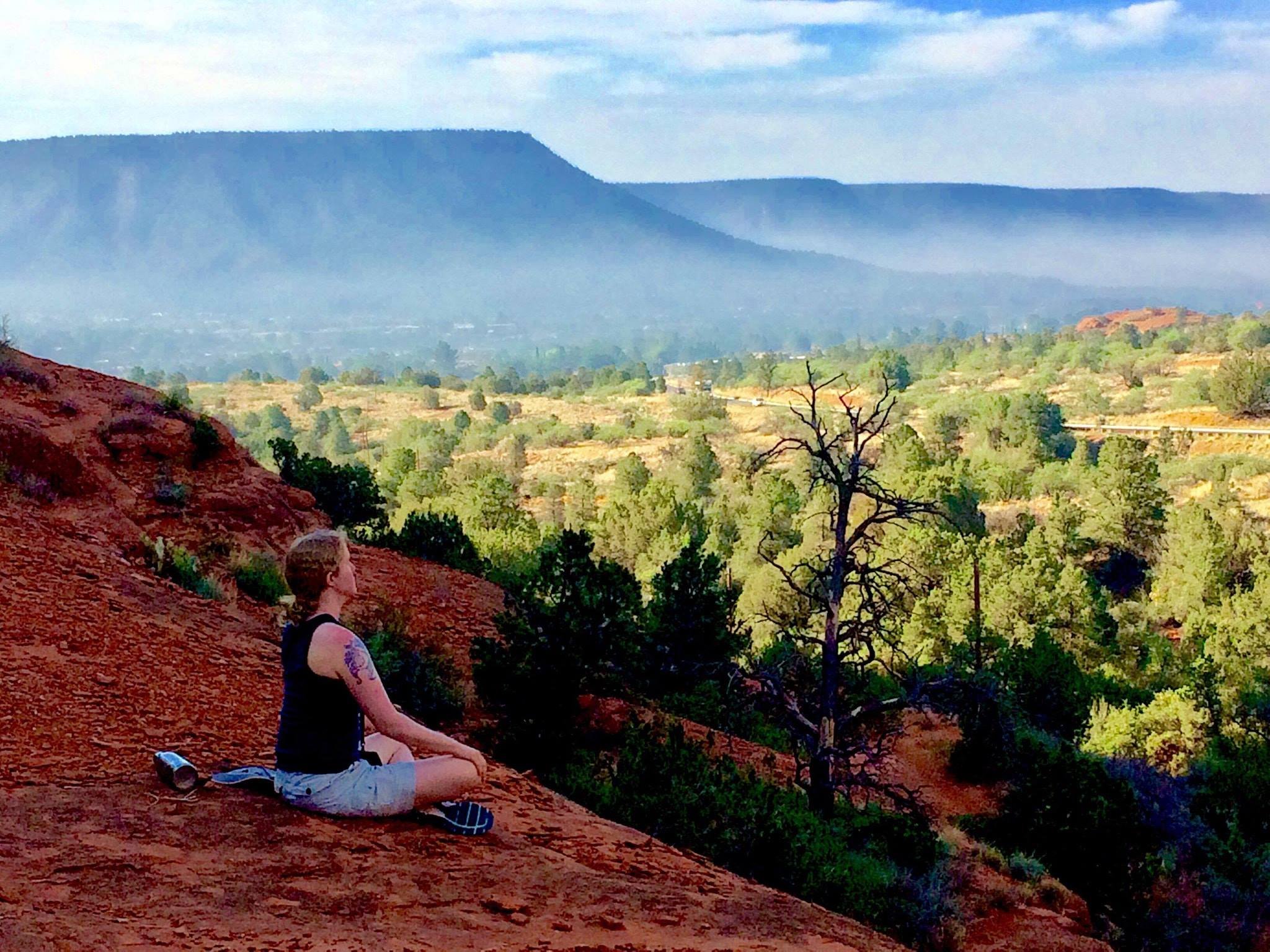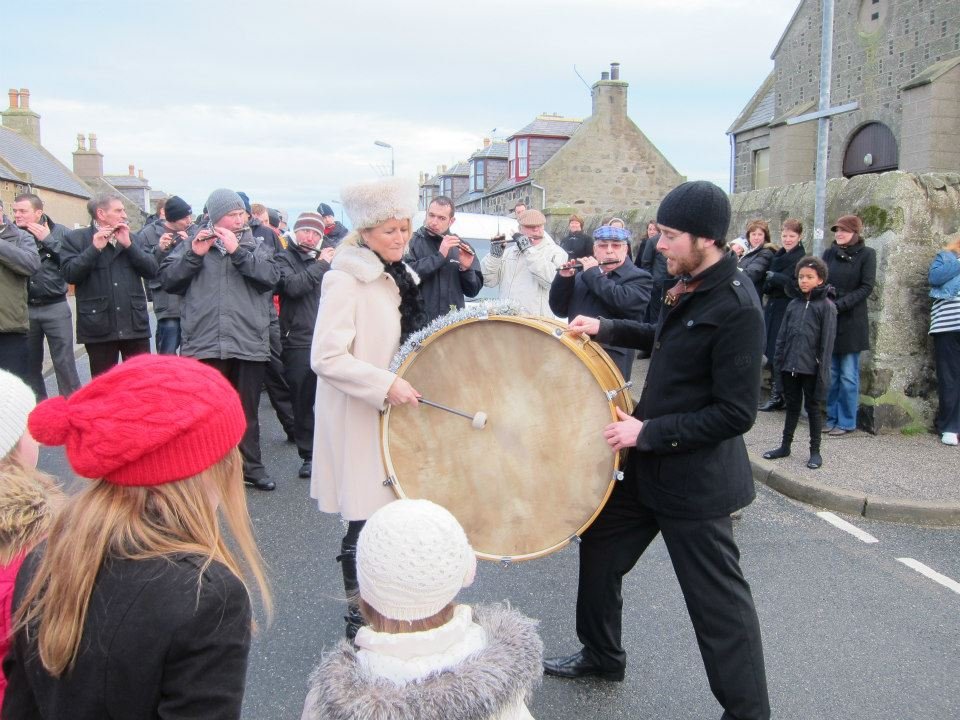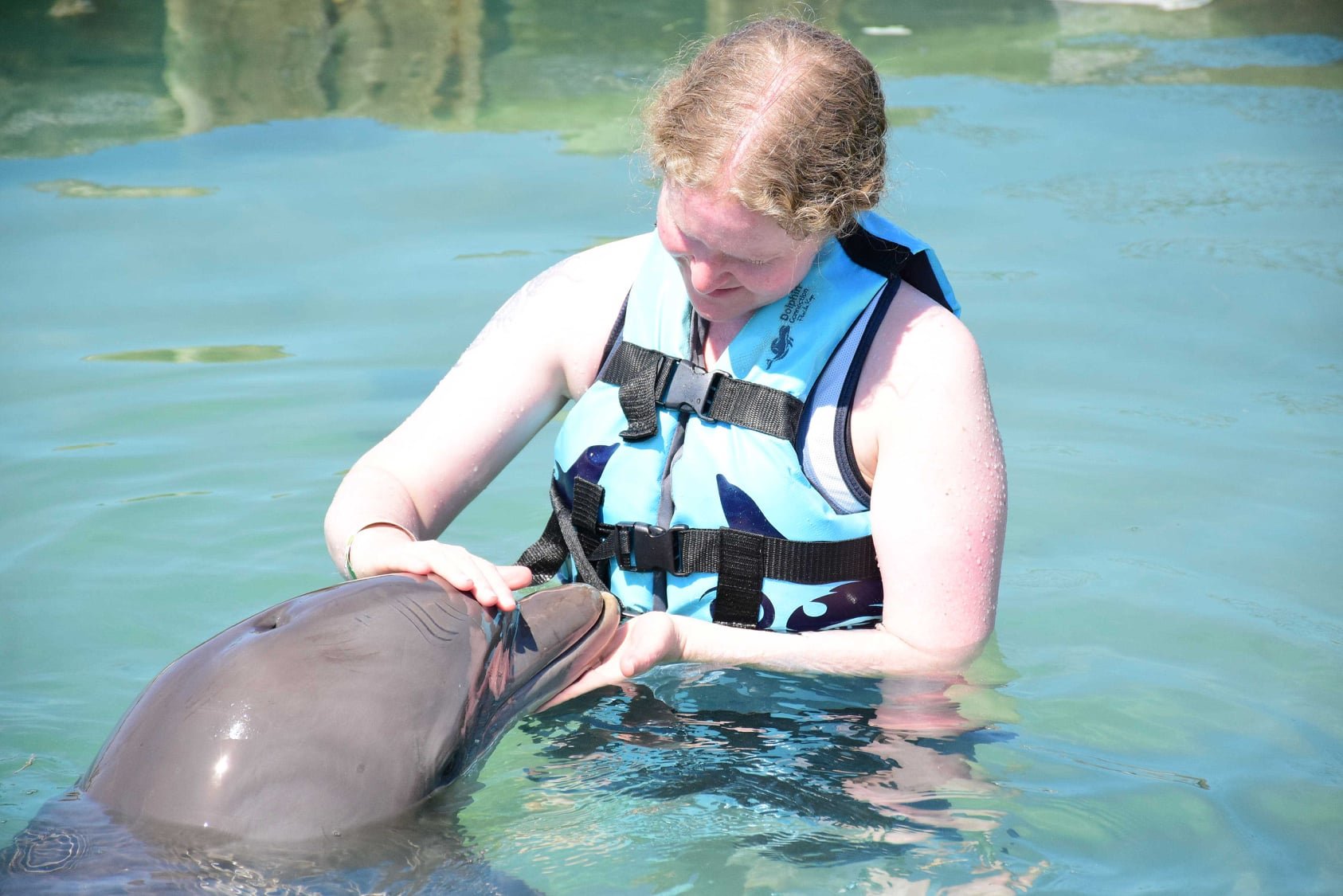Symphony of the Earth: Making Music with Nature’s Melodies
Sedona, Arizona meditation, 2019
This blog is part two of a two-part series about the healing sounds of nature and how, as sound workers, we can make music with nature.
As a young musician – and an intuitive one who loved to just make things up (improvise) – I mostly used the violin and piano to express myself. I remember vividly early creations based on the sounds of nature. If you wanted to compose something that sounds like water, how could you effectively do that? What about mimicking the sound of a birdsong? What about the sounds of a raging fire? The sounds of nature have inspired musicians, composers, and healers across time and cultures.
Nature sounds are also a wonderful basis for meditation. One of my favorite things to do is sit outside and just listen. Tune in to the sounds around you—the rustling of leaves, the chirping of birds, the flow of water, or any other natural sounds present in the environment. Allow these sounds to be your focal point for meditation, using them to anchor your attention and deepen your sense of presence. As you listen to the nature sounds, cultivate mindfulness by observing your thoughts, emotions, and bodily sensations without judgment. Notice how your awareness expands and contracts with each breath, and how your connection to nature deepens with each passing moment. And what if a loud truck drives by? What if your neighbor starts mowing the lawn? Notice how you respond to sounds that are pleasing to you, and others that are not.
“The Walk,” St. Combs fieldwork, Aberdeenshire, Scotland, 2013
To explore how we can bring nature sounds into our sound healing practices, let me bring in elements of my own experiences in ethnology fieldwork and acoustic ecology. In my previous blog series, I write about my musical background, including my time living in Scotland, conducting graduate work in ethnology and folklore at the University of Aberdeen. While conducting fieldwork as part of my studies, it struck me how interwoven music is in the lives, communities, and identities of the people I met and interviewed. In Scotland, I found that music is such a huge part of peoples’ lives, not a separate activity, and the land, specific places, and nature were central to the stories of music. If there was a ballad about a historical event, it was just as much about the hill that this event took place on.
Scottish music often reflects the profound connection between the people of Scotland and their natural surroundings. Through its melodies, rhythms, and lyrics, Scottish music celebrates the beauty, mystique, and power of the Scottish landscape. Even the different fiddle styles reflect the accent of dialect of the region, which is defined by its landscape! For example, the Doric dialect includes vocabulary that reflects the jagged landscape and environment of Aberdeen and the surrounding region, and the fiddling style of the area is often described as jagged or rugged. The music of the Highlands (and the dialect) is more lilting, and the landscape reflects this as well. I’ll never forget traipsing through the Scottish Highlands with Gaelic singer and preservationist Griogair Labhruidh. As he shared the stories of the history of where we were and how the land was connected to the events of times past, though I could not understand the lyrics of his gorgeous, expressive Gaelic songs, I could sense the connection, I could feel it, and I could see it in the landscape. I captured my fieldwork and interviews on a little handheld recorder, which I still have records of to this day. This type of fieldwork led me to another once I returned to Iowa, acoustic ecology.
Griogair Labhruidh —
Telling stories of the land, Glencoe Valley, Scotland Highlands, 2013
Though I had used natural sounds in musical recordings previously (embedding the sounds of a babbling brook, bird sounds, or even capturing sounds of thunder during a recording session: https://youtu.be/iPpxiXnauio), discovering the field of acoustic ecology seemed to bring the love of fieldwork and nature together. In the summer of 2020, I took an acoustic ecology course with Alex Braidwood through the University of Iowa. Acoustic ecology is a field of study that examines the relationships between living organisms and their sonic environments. It explores the ways in which sound shapes and influences ecosystems, as well as the impact of human-generated noise on natural habitats. Through the course, which included lectures, assignments, and field work, I learned how to explore, document, and analyze the soundscapes I was in, from my backyard, the city, on a hike. My favorite was creating a musical composition, based on field recordings following a stream and recording it at points all the way up to where the stream entered a river. I found that acoustic ecology is closely related to the practices of both deep listening and creating soundscapes. To learn more about this fascinating work, please listen to this podcast interview I did with my acoustic ecology teacher, Alex Braidwood: https://youtu.be/BZJlNBBv77I. For more on deep listening, the World Soundscape Project, and the topic of soundwalks, listen to this episode with Hildegard Westercamp: https://youtu.be/l3sriMC1DD8. A soundwalk is simply a walk with focus on listening to the sound environment. Think of it as a walking sound meditation!
And what of the music of plants and animals? Generally referred to as bioacoustics, this is everything from birdsong, whale and dolphin vocalizations, insect stridulation, amphibian and reptile calls, to the purr of cats. The world is sound! One of my favorite early Sounds Heal Podcast episodes was with Jack Kassewitz, dolphin communication researcher: https://youtu.be/ad8R8MdQdJo. Even more amazing personally was Jack’s setting me up with a dolphin experience in Florida. I’ll never forget this moment, when I was deeply connected, communicating with this dolphin:
Dolphin connection, Duck Key, Florida, 2020
The study of plant bioacoustics traces its origins to the pioneering work of scientists such as Cleve Backster, who in the 1960s discovered that plants exhibit electrical responses to external stimuli. Building on this foundation, researchers began to explore the possibility of translating these bioelectrical signals into audible sounds, giving rise to a new field of inquiry known as plant music. Through the use of specialized equipment and innovative techniques, scientists are able to capture the subtle vibrations and electrical impulses emitted by plants and transform them into melodic compositions. The device that I use, Music of the Plants, uses biofeedback sensors and MIDI interfaces to capture and interpret the bioelectrical signals emitted by plants, transforming them into musical compositions. Each plant species emits its own unique sonic signature, ranging from delicate melodies to rhythmic pulses. These musical compositions offer a glimpse into the inner world of botanical consciousness, inviting listeners to attune their senses to the rhythms of the natural world. If you have such a device, you could even perform a sound bath with a tree or plant! A nature-based artist who also uses Music of the Plants, Peter May, is featured in this podcast episode: https://youtu.be/VSPdFXHpWNE.
Many sound healing practitioners and musicians bring in nature sounds to their practice, and depending on the tradition or path they follow, might bring in the 5 elements to their work. For example, in his recent book, 5 Elements of Sound Healing: The Art of Vibrational Medicine and Sonic Ceremony, Bodhi Starwater explores the elements of earth, water, fire, air, and ether, their associations, and instruments that help activate those energies. Bodhi uses traditional sound healing instruments as well as instruments made and found in nature. You can learn more about his work in this podcast episode: https://youtu.be/17FSOnSTlZM.
As we journey deeper into the realms of acoustic ecology and sound healing, let us remember that the true essence of healing lies not in the destination but in the journey itself – in the moments of listening, attunement, and communion with the natural world. By merging these two disciplines, we embark on a path of self-discovery, transformation, and reconnection with the earth and all its inhabitants. So let us listen deeply, with open hearts and ears, and embrace the harmonious symphony of life that surrounds us.
In a world filled with digital sounds and synthetic beats, there exists a timeless source of inspiration that has captivated humanity since the dawn of time – the music of nature. From the gentle rustle of leaves to the melodic chirping of birds, the natural world offers a rich tapestry of sounds waiting to be woven into musical masterpieces. Here are some ideas about the art of making music with nature and discovering the beauty, creativity, and connection that arise when we harmonize with the rhythms of the earth.
Embracing the Soundscape: The first step in making music with nature is to immerse ourselves in the rich tapestry of sounds that surrounds us. Whether it’s a walk through the forest, a stroll along the beach, or simply sitting in the backyard, take the time to listen deeply to the symphony of the earth. Pay attention to the subtle nuances of each sound – the rustling of leaves, the rippling of a stream, a chorus of frogs or crickets – and allow them to inspire your creative process.
Field Recording Adventures: Armed with a portable recorder or smartphone, embark on a field recording adventure to capture the diverse sounds of nature. Explore different environments, such as forests, mountains, riversides, and meadows, listening for unique sounds that resonate with you. From the gentle flow of a creek over rocks to the rhythmic pounding of ocean waves, each recording focuses your attention as you find a subject and serves as a treasure trove of inspiration for your musical compositions.
Sampling and Sound Design: Back in the studio, use your field recordings as raw material for creating music that reflects the beauty and essence of the natural world. Experiment with sampling techniques to extract interesting elements from your recordings, such as bird calls, water droplets, or wind gusts. Layer these sounds with traditional instruments or electronic synthesizers to create rich, textured compositions that blur the line between music and nature.
Instruments from the Earth: Explore the world of natural instruments and experiment with creating music using objects found in nature. From percussion instruments made from rocks and sticks to instruments made from leaves, branches, or feathers to wind instruments crafted from bamboo or shells, the possibilities are endless. Or use instruments that emulate the sounds of nature, like an ocean drum or waterfall shell chimes. Focus a series of sessions or sound baths on the elements of nature: what tones and instruments can you use to activate the energy of earth, water, air, fire, or ether? Let your imagination run free as you discover new sounds and melodies hidden within the earth’s bounty.
Collaborative Creation: Music-making with nature is not a solitary endeavor – it’s a collaborative dance between humans and the earth itself. Invite fellow musicians, artists, and nature enthusiasts to join you in creating music that celebrates the beauty and wonder of the natural world. Whether it’s a live performance in a scenic outdoor setting or a collaborative recording project, coming together with like-minded individuals can amplify the power and impact of your musical creations.
Environmental Awareness and Advocacy: As stewards of the earth, it’s important to use our music as a platform for environmental awareness and advocacy. Incorporate themes of conservation, sustainability, and reverence for nature into your compositions and use your artistic voice to inspire positive change in the world. Whether it’s raising awareness about deforestation or pollution, music has the power to transcend boundaries and unite people in a common cause.
Outdoor sound meditation, Iowa, 2021
When offering a sound bath outdoors, nature participates! During a full moon forest sound bath, several owls joined us in the trees, hooting away. In another sound bath at a local park, during the experience when all the participants were relaxed in their inner-space, only the practitioners noticed that several deer had walked up close to witness.
Making music with nature is more than just a creative endeavor – it’s a deeply transformative and soul-nourishing experience that connects us to the earth and each other in profound ways. By embracing the sounds of nature, we can unlock a world of inspiration, creativity, and harmony that transcends language and culture. So let us tune in to the symphony of the earth and together create music that celebrates the beauty and wonder of our natural world.
– Natalie Brown





